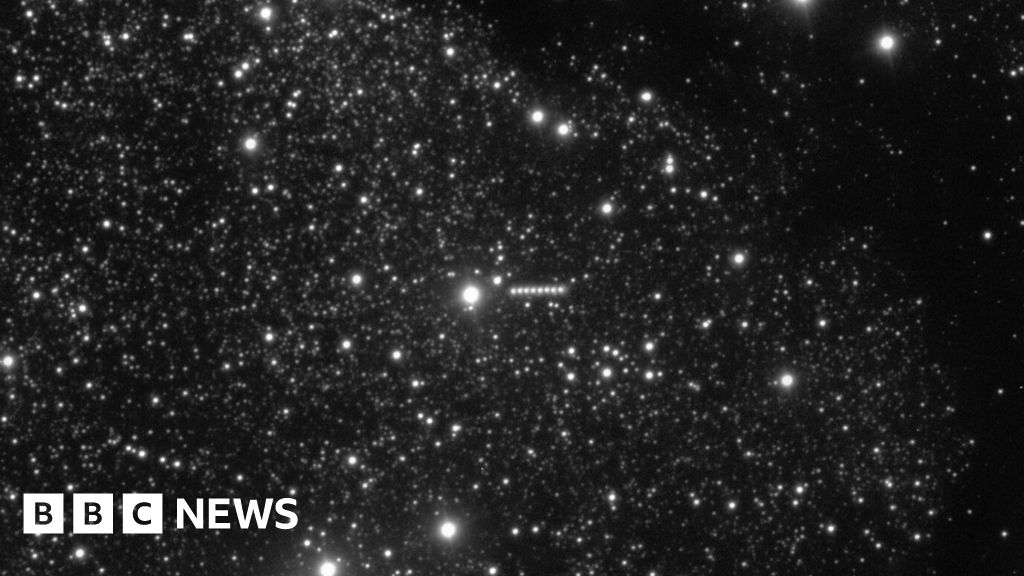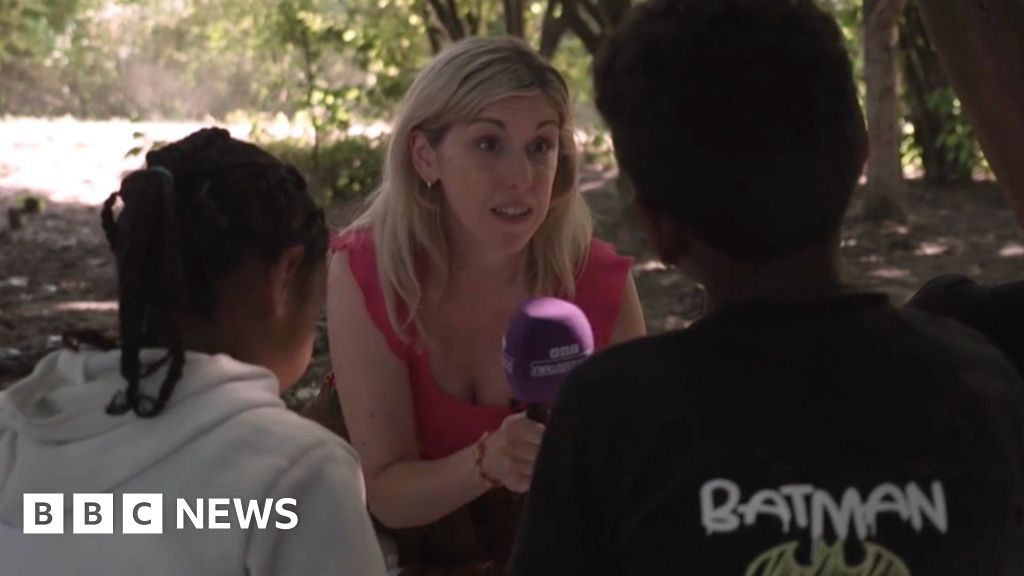[ad_1]

Machine learning and supercomputing have brought about a revolution in computational drug discovery. More therapeutic candidates, like antibodies that bind to and fight the SARS-CoV-2 virus, can be explored and simulated than ever before. But for practical, safe use, these computational candidates must be grounded in experimental validation.
In a new study, published in Analytical Chemistry, researchers at Lawrence Livermore National Laboratory (LLNL) developed a fast and simple approach to screen proteins and their binding properties. The “one-pot reaction” eliminates a normally time-consuming process and builds a foundation for measurements that can keep up with machine learning.
“We have demonstrated the proof of concept, leaving the potential for extensive future technology development for high-throughput applications,” said LLNL scientist and lead author Chao Liu.
In conventional protein screening, researchers grow cells to produce proteins, then purify the protein and perform subsequent experiments to measure its binding to potential antibodies or other therapeutics. This process takes multiple days.
By combining cell-free protein synthesis and fluorescence correlation spectroscopy (FCS), the team at LLNL sped the process up to just a few hours.
To accomplish this, the authors took cells and extracted a “soup” of the machinery that synthesizes proteins. For the next step of the recipe, they added DNA that encodes the protein of interest. This produces the protein without the requirement of growing or feeding cells.

In this study, the scientists used green fluorescent protein, a naturally occurring protein derived from the jellyfish, as a model system. An increase in the fluorescent signal represents an increase in the protein’s concentration as it is being made in the cell-free soup. FCS, which measures fluctuations in fluorescence intensity and the diffusion (or movement) of molecules, can determine how well the protein binds to an antibody.
“You can think of diffusion time as the time that a molecule takes to move a certain distance in a liquid,” said senior author Ted Laurence.
“When that molecule is bound to another molecule, then its diffusion time becomes larger since the bigger complex moves more slowly. The data analysis exploits this shift in diffusion time to extract exactly what fraction of the protein is bound to the antibody, giving us a characteristic binding curve.”
Other protein constructs are commonly designed with fluorescent tags, making this technique easily extendable.
“Both key components of the method—cell-free protein synthesis and FCS—are relatively available. We hope that academic labs and companies will be able to adapt this approach in their relevant work,” said senior author Matt Coleman. “It represents a simple yet novel integration with widespread applicability.”
Other authors include Steven Hoang-Phou, Congwang Ye, Emma Laurence, Matthew Laurence, Erika Fong, Nikki Hammond, B. Dillon Vannest and Nicholas Watkins.
More information:
Chao Liu et al, Real-Time Affinity Measurements of Proteins Synthesized in Cell-Free Lysate Using Fluorescence Correlation Spectroscopy, Analytical Chemistry (2025). DOI: 10.1021/acs.analchem.4c05485
Citation:
One-pot protein screening accelerates bioscience and drug discovery (2025, May 22)
retrieved 25 May 2025
from
This document is subject to copyright. Apart from any fair dealing for the purpose of private study or research, no
part may be reproduced without the written permission. The content is provided for information purposes only.
[ad_2]
Source link


















